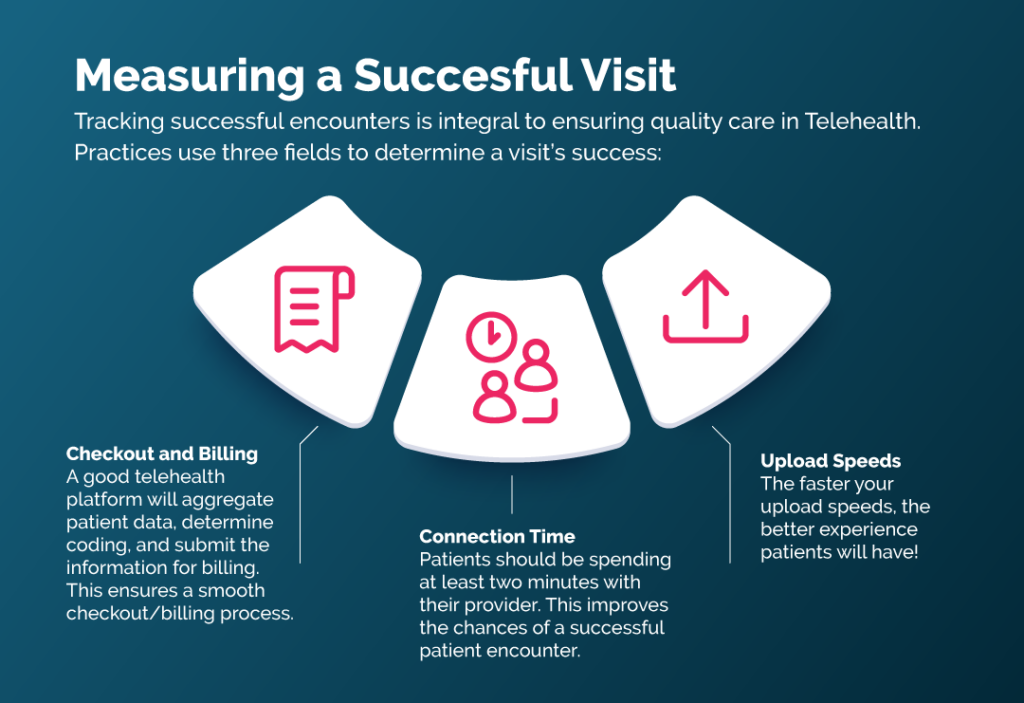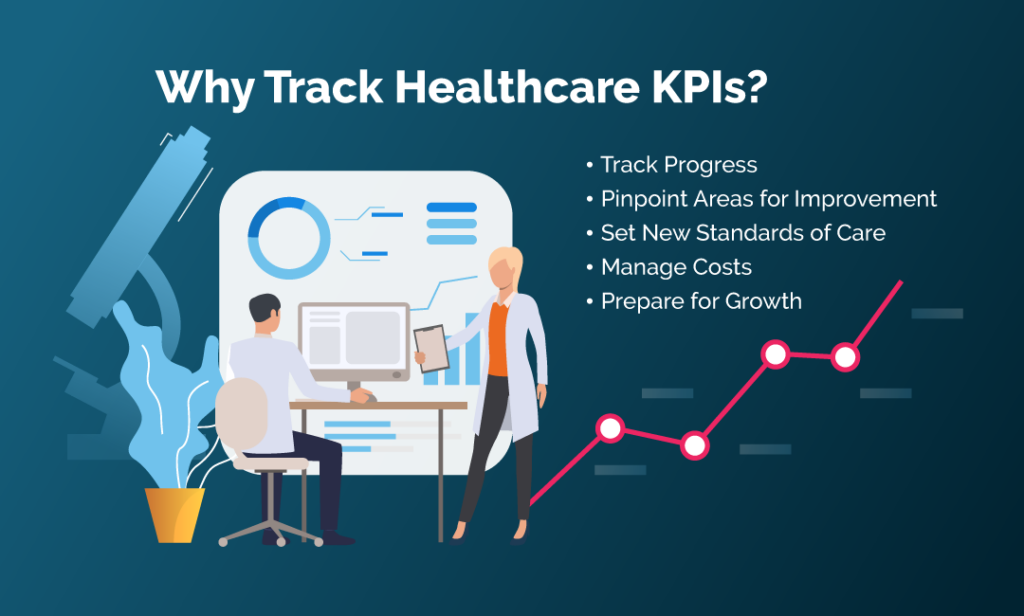Essential KPI’s and Metrics to Rev Up Your Healthcare Facilitys Success!
Unlock the secret to skyrocketing your healthcare facility’s success! Dive into the must-know KPIs that guarantee exceptional performance.

Image courtesy of Mike Bird via Pexels
Table of Contents
- Patient Satisfaction KPIs
- Clinical Performance KPIs
- Financial Performance KPIs
- Operational Efficiency KPIs
- Staff Productivity KPIs
- Conclusion
Welcome to our authoritative blog post where we delve into the crucial Key Performance Indicators (KPIs) that every healthcare facility should track. Whether you’re managing a hospital, clinic, or any healthcare setting, measuring and analyzing KPIs can provide valuable insights that drive improved outcomes and operational excellence.
Patient Satisfaction KPIs
Ensuring patient satisfaction is a top priority for healthcare facilities. Monitoring the following KPIs will help you gauge and address patient experiences:
Elevate Your Healthcare Facility with Essential KPIs!
Stay Updated with Vital Industry Insights – Subscribe to Our Newsletter Now!
Overall Patient Satisfaction Score
A holistic measure of patient satisfaction, the Overall Patient Satisfaction Score reflects the satisfaction level of individuals who have received care or services. Regularly surveying patients and analyzing their feedback will help identify areas for improvement and drive positive experiences.
Net Promoter Score (NPS)
NPS measures the likelihood of patients to recommend your healthcare facility to others. This KPI provides insights into the loyalty and advocacy potential of your patient base. By identifying promoters, passives, and detractors, you can implement targeted strategies to enhance patient satisfaction and loyalty.
Complaint Resolution Time
The time taken to resolve patient complaints is crucial for maintaining optimal patient satisfaction. By tracking and reducing the complaint resolution time, you can improve patient experiences, increase trust, and enhance the overall quality of care provided.
Clinical Performance KPIs
Tracking clinical performance KPIs is vital for healthcare facilities in delivering high-quality care. Here are some key metrics to consider:
Average Length of Stay (ALOS)
The ALOS measures the average duration patients spend in your facility. A lower ALOS often indicates efficient patient flow and effective care coordination. Monitoring this KPI can help identify bottlenecks and streamline processes, leading to improved resource utilization and patient outcomes.
Mortality Rate
The mortality rate measures the percentage of patients who pass away while receiving care. Monitoring this KPI allows you to evaluate the effectiveness of treatments and interventions. By identifying areas with higher mortality rates, healthcare facilities can implement targeted quality improvement initiatives.
Hospital-Acquired Infections (HAIs)
HAIs pose a significant risk to patient safety and can impact the overall reputation of a healthcare facility. Tracking the rate of HAIs helps identify areas for improvement in infection prevention and control. By implementing robust protocols and monitoring progress, healthcare facilities can reduce the occurrence of HAIs and protect patient health.
Surgical Complication Rate
The surgical complication rate measures post-operative complications related to surgeries performed within the facility. Tracking this KPI provides vital information on the effectiveness and safety of surgical procedures. By reducing surgical complications, healthcare facilities can improve patient outcomes and safety.
“Want to rev up your healthcare facility’s success? Discover the essential KPIs to track and unlock your true potential! [Emedstream] #HealthcareSuccess #KPIs #UnlockYourPotential”
Financial Performance KPIs
Alongside providing superior care, healthcare facilities must maintain financial stability. Monitoring these KPIs ensures their continued success:

Image courtesy of mend.com via Google Images
Total Revenue
Total revenue is a fundamental financial KPI that reflects the overall income generated by the facility. Monitoring revenue trends provides insights into the financial health of the institution and informs strategic decision-making.
Operating Margin
The operating margin measures the financial efficiency and profitability of a healthcare facility. This KPI compares the facility’s operating income to its revenue, indicating the percentage of revenue that can be reinvested into the business. Tracking the operating margin helps identify areas for cost control and revenue optimization.
Average Collections per Patient
This KPI signifies the average amount collected per patient served. It helps evaluate the success of revenue cycle management efforts and can identify opportunities to improve billing and payment processes.
Accounts Receivable Days
Accounts receivable days measures the average time taken to collect payments from patients or insurance providers. Monitoring this KPI helps assess the efficiency of revenue cycles and identify opportunities for process optimization and revenue acceleration.
Operational Efficiency KPIs
Efficient operations are crucial for the smooth functioning of healthcare facilities. Tracking the following KPIs supports improved workflow and resource utilization:
Bed Occupancy Rate
This KPI measures the average percentage of occupied beds in the facility over a given period. Tracking bed occupancy rates can help optimize resource planning, ensure adequate capacity, and enhance patient admission processes.
Emergency Department (ED) Average Wait Time
Reducing wait times in the emergency department is crucial for patient satisfaction and outcomes. Tracking and actively managing this KPI ensures timely care delivery and efficient use of resources.
Appointment Wait Time
Appointment wait time measures the average delay patients experience from the time they schedule an appointment to their actual visit. Reducing appointment wait times improves patient experiences, helps manage patient flow, and enhances overall satisfaction.
Staff Attendance Rate
Ensuring optimal staff attendance is critical for providing uninterrupted care. Tracking staff attendance rates helps identify patterns and address concerns, ensuring adequate staffing levels and continuity of care.
Staff Productivity KPIs
Effective and productive staff play a vital role in healthcare facilities. Monitoring these KPIs helps evaluate staff performance and optimize resource allocation:

Image courtesy of mend.com via Google Images
Nurse-Patient Ratio
The nurse-patient ratio measures the number of patients assigned to each nurse. Maintaining an optimal ratio helps ensure safe and quality care delivery. By monitoring this KPI, healthcare facilities can identify staffing needs, enhance patient safety, and manage workloads.
Employee Turnover Rate
High turnover rates can negatively impact employee morale, patient care, and facility costs. By tracking and reducing turnover rates, healthcare facilities can protect investments in training and foster a stable workforce—ultimately improving employee satisfaction and patient experiences.
Average Daily Census per Nurse
This KPI measures the average number of patients cared for by each nurse during a shift. By understanding and maintaining appropriate staffing levels, healthcare facilities can optimize workload distribution, reduce burnout, and enhance patient care.
Training Hours per Employee
Investing in staff training and development contributes to better patient care, increased job satisfaction, and improved outcomes. Tracking training hours per employee ensures that staff members receive the necessary education and skills to perform their roles effectively.
Elevate Your Healthcare Facility with Essential KPIs!
Stay Updated with Vital Industry Insights – Subscribe to Our Newsletter Now!
Conclusion
In the dynamic world of healthcare, tracking and analyzing key metrics is vital for the success of any facility. By consistently monitoring the essential KPIs outlined, healthcare professionals and managers can gain a comprehensive understanding of their facility’s performance and make informed decisions to drive continuous improvement.
Remember, KPIs are not static; they should be reviewed regularly and modified based on evolving industry standards and the unique characteristics of each healthcare facility. Embrace the power of KPIs to unleash the full potential of your healthcare facility and deliver exceptional care to your patients.



